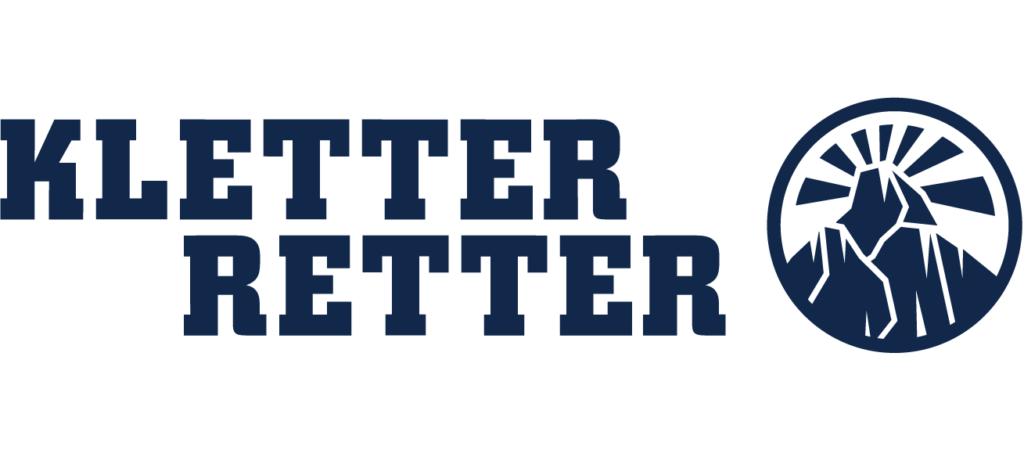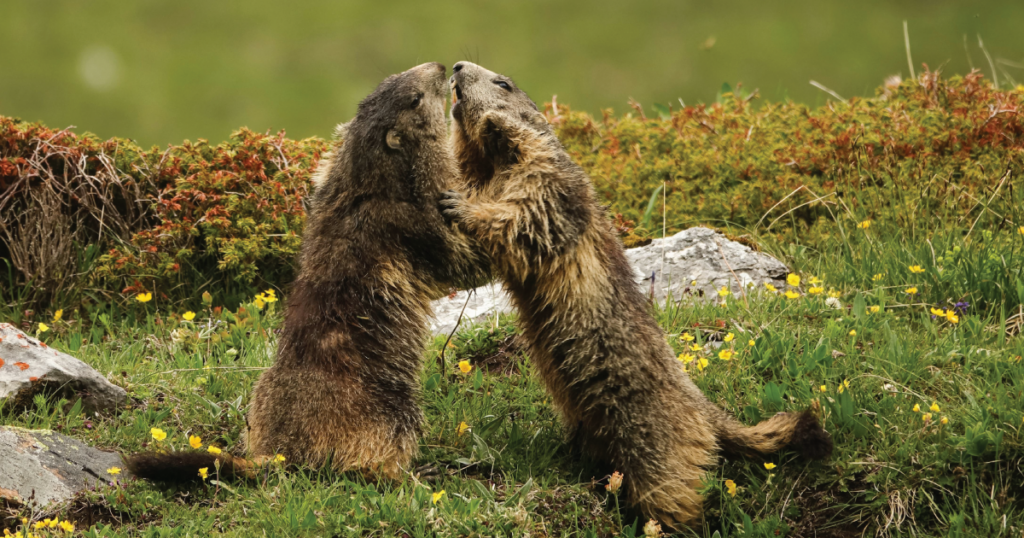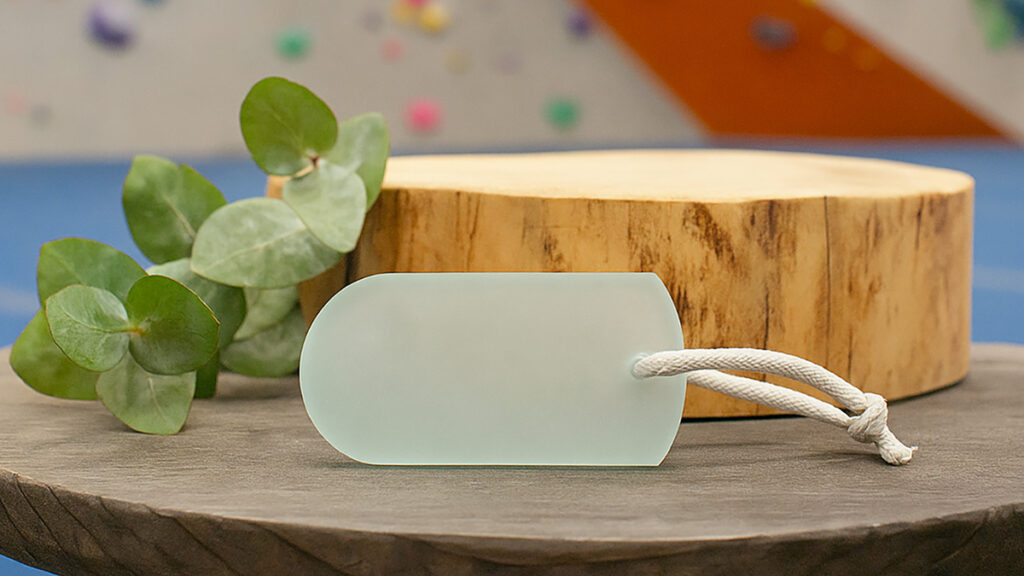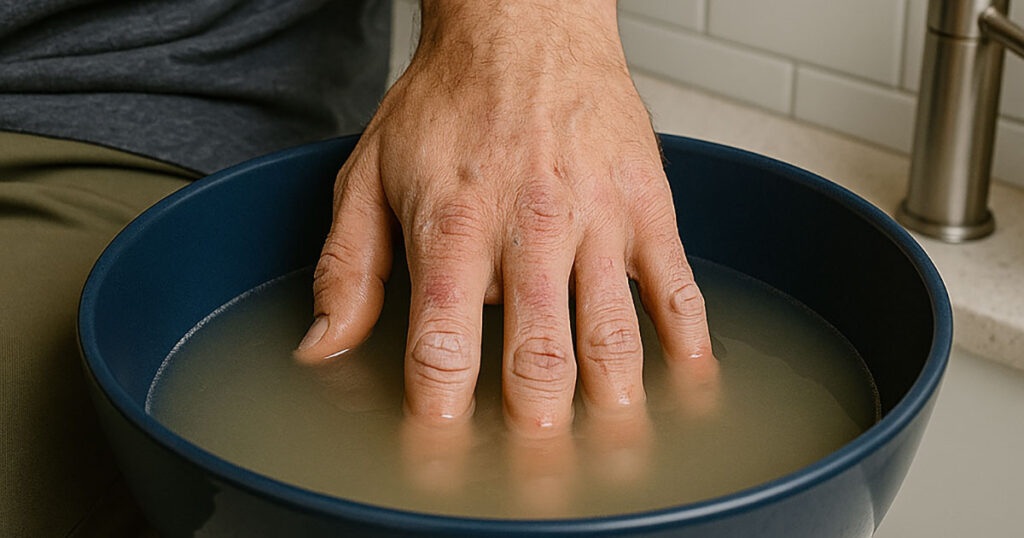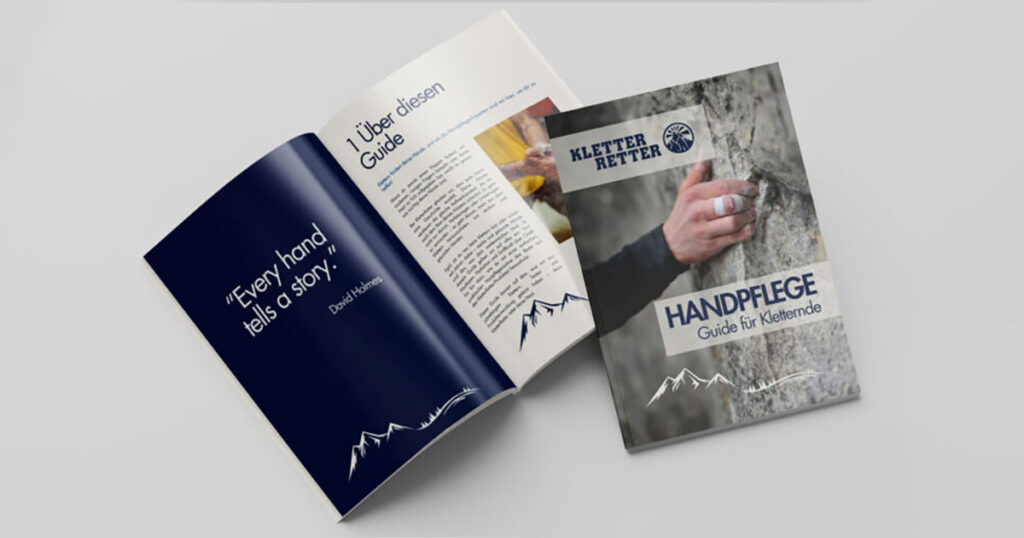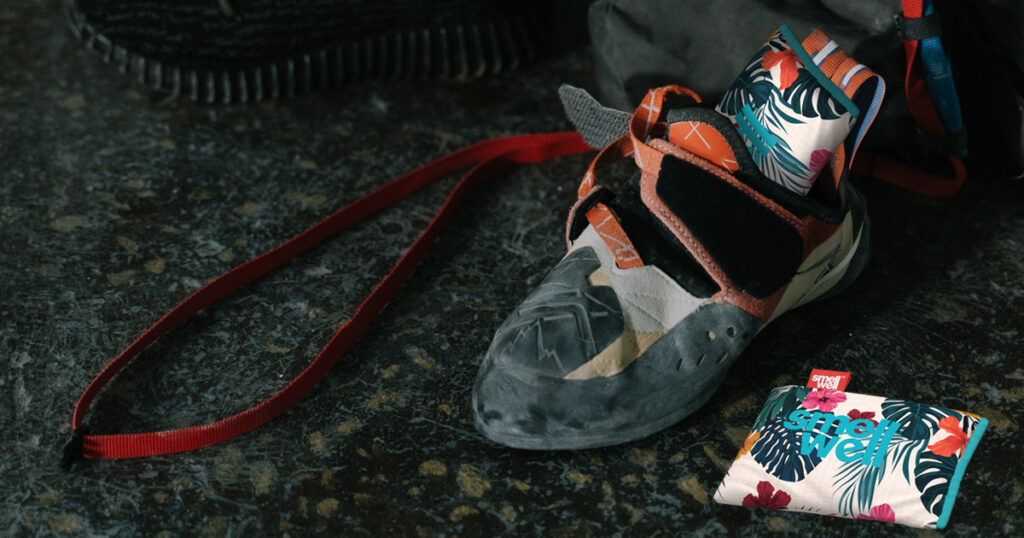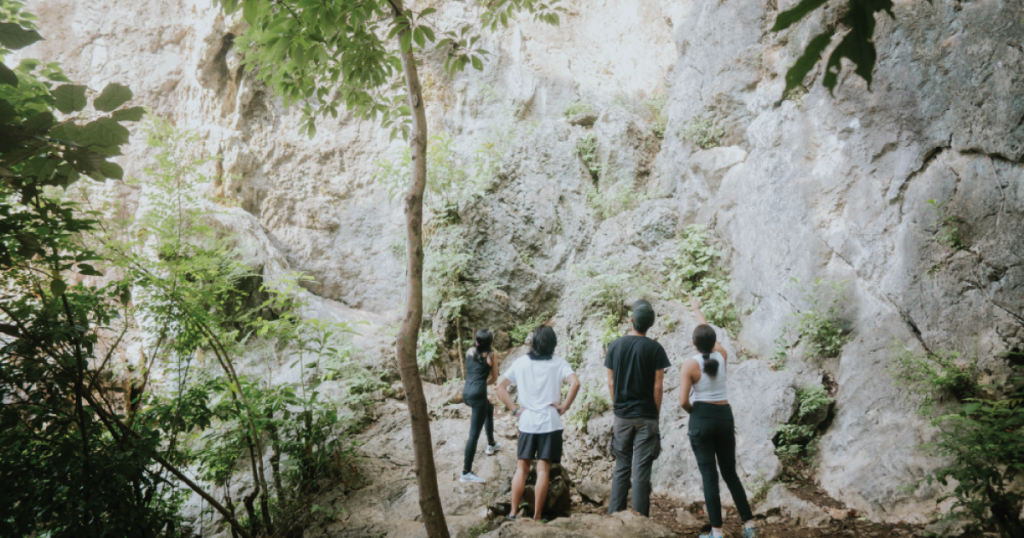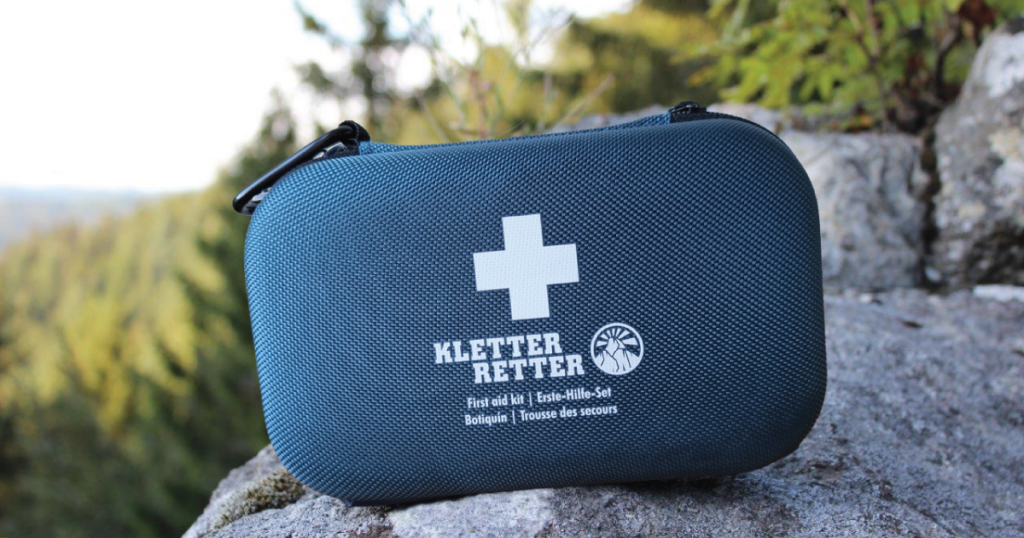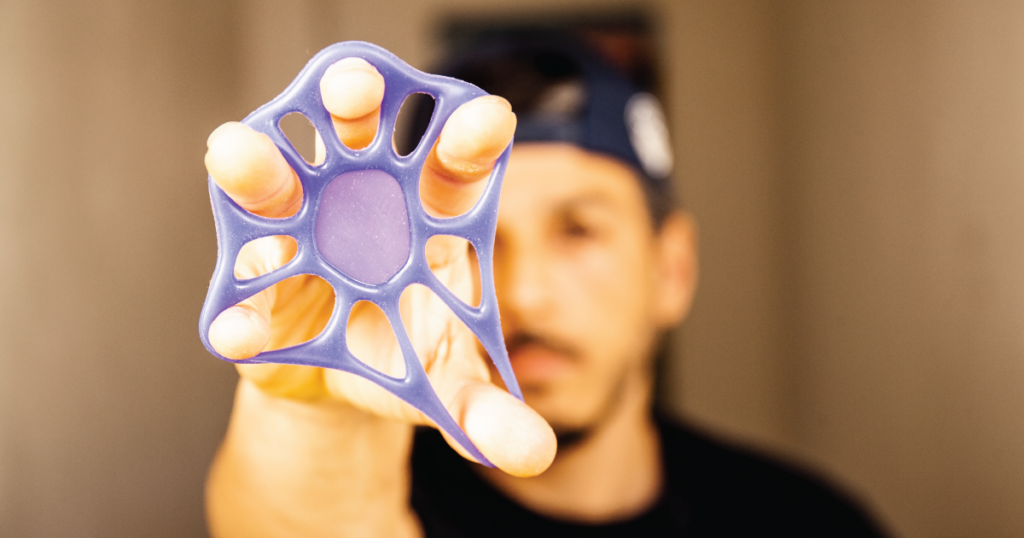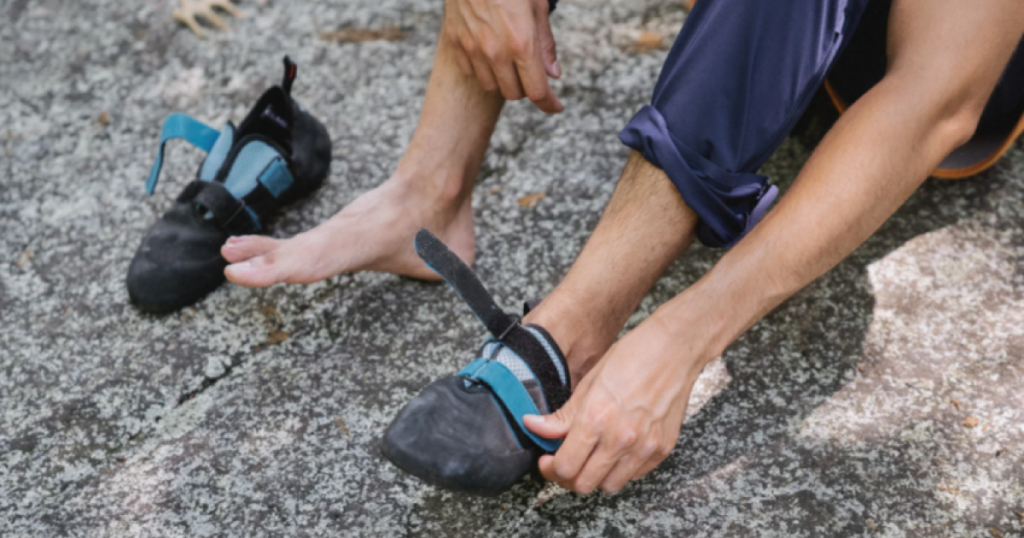On Wild Weekend, you’ll receive a 10% discount on your order, and we’ll donate an additional 10% to Rewilding Europe to support the rewilding of European landscapes.
Author Archives: David
If you climb a lot, you’re constantly dealing with rough holds, chalk and friction and your skin takes a beating, gets dry, dull or even cracked. With our KletterRetter Nano Glass skinfile you have a low-maintenance, long-lasting tool that gently removes dead skin cells and smooths the surface of your skin. Perfect for hands, feet […]
We all know that moment: your hands are sweating, your pulse is racing, the crux is approaching – and suddenly your grip fades. You don’t feel ready for the next move. That’s exactly why we developed our new KletterRetter Performance Chalk. The combination of ultra-pure magnesium carbonate and 10% Upsalite®, a patented, highly porous magnesium […]
Every climber knows the feeling: after an intense training session, your fingers are irritated, your tendons are tight, your forearms are burning – and yet you want to get back on the wall as soon as possible. That’s exactly why we developed the KletterRetter Deep Recovery Hand Bath, a targeted recovery aid for stressed hands, […]
From rough rock, plastic holds, chalk and tape. From projects, sends, and the passion for climbing. But strong hands aren’t built only on the wall — they’re built through care, understanding and recovery.
Let’s be honest: climbing shoes stink. We’re talking nose-curling, shoe-melting funk. You can crush your project, flash that dyno, be the hero of the gym, and still lose all your friends the moment you take off your shoes.
Skin care isn’t complicated, but it’s easy to get wrong. Over the years, we’ve heard all sorts of advice passed around gyms and crags. Some of it’s helpful. Some of it, not so much. This article clears up the confusion so you can make smarter choices for your skin and your climbing.
Being able to respond to an injury quickly and effectively can make a big difference! Always be prepared and stay safe out there!
Climbing makes your hands strong, but only in one direction. Tendons, pulleys, and skin get worked hard, but antagonists (the opposing muscles) are often neglected. Over time, this leads to imbalances, injuries, and slower recovery.
Climbers put their feet through a lot: cramped shoes, constant pressure, sweat, and friction. But while everyone talks about split tips and calluses on their hands, feet are often ignored, until it’s too late.
